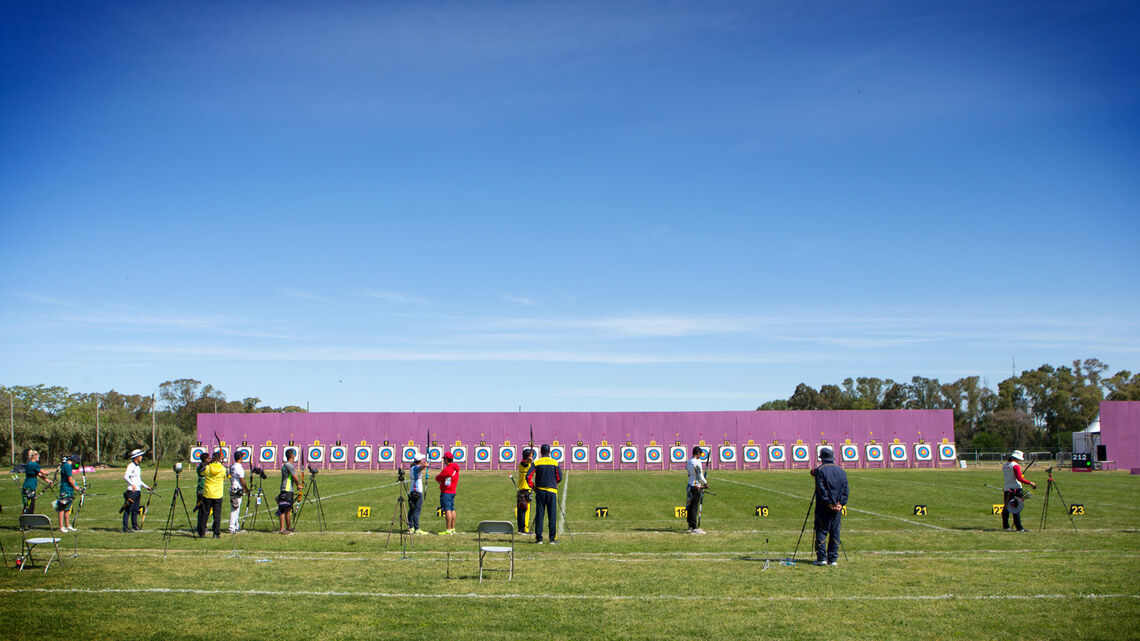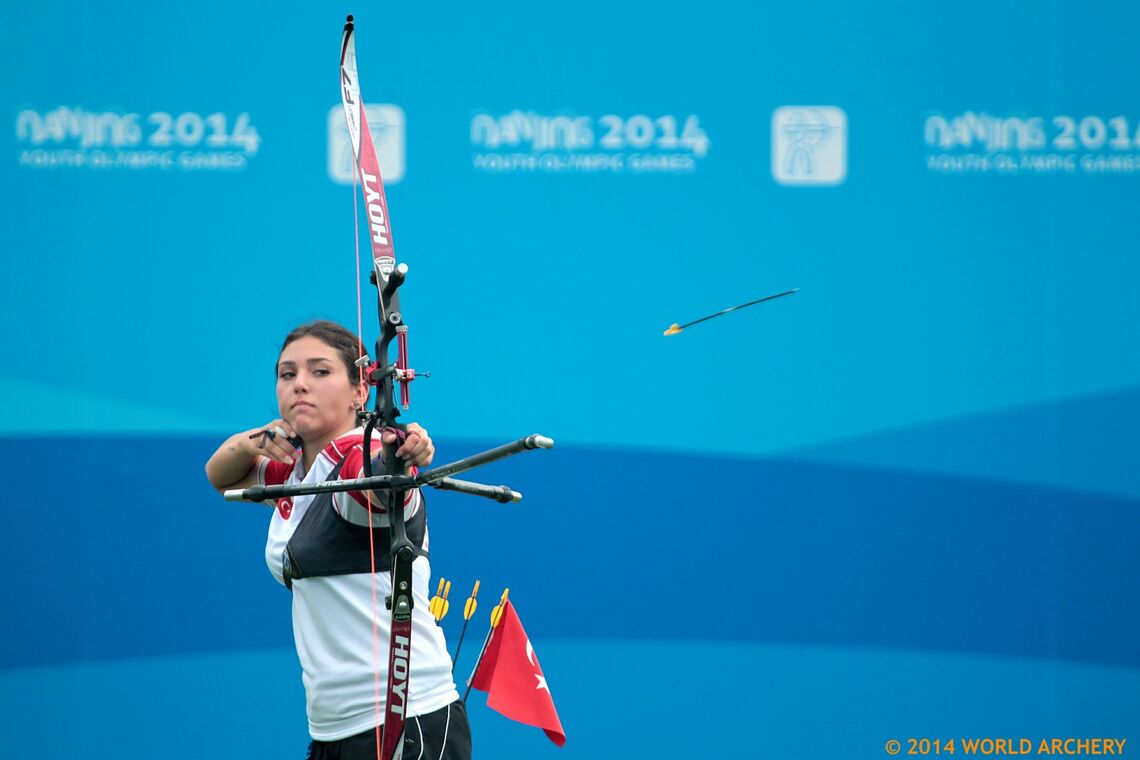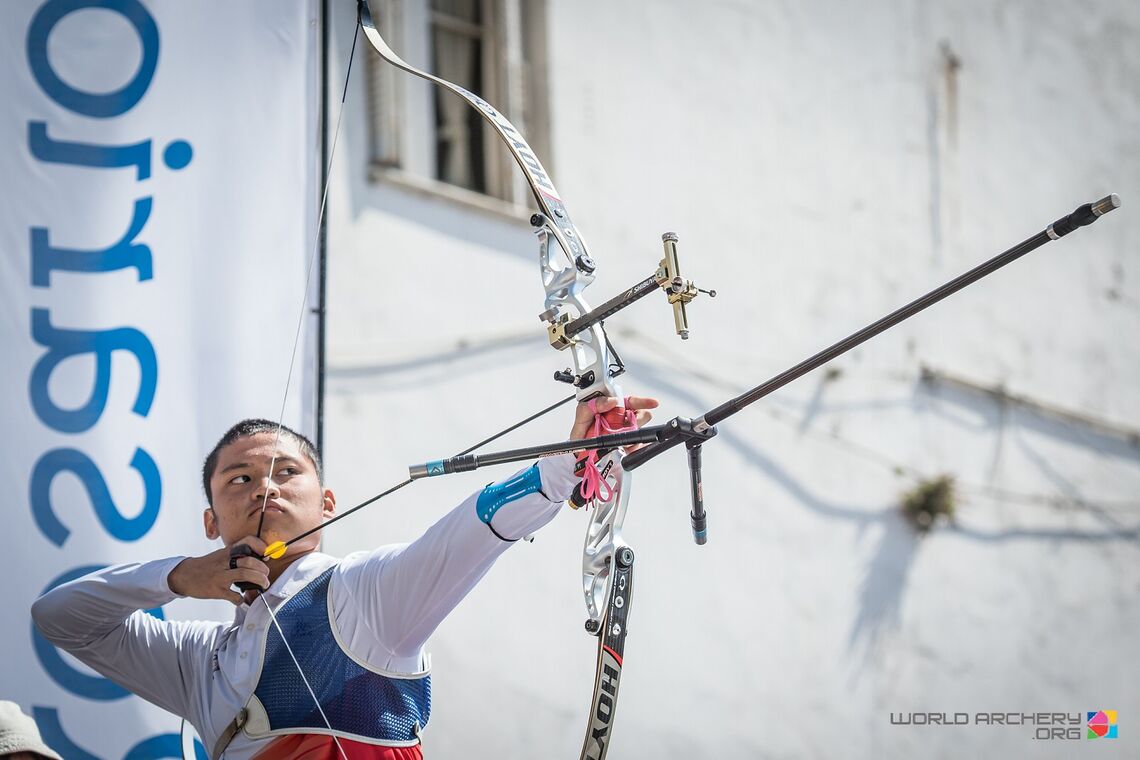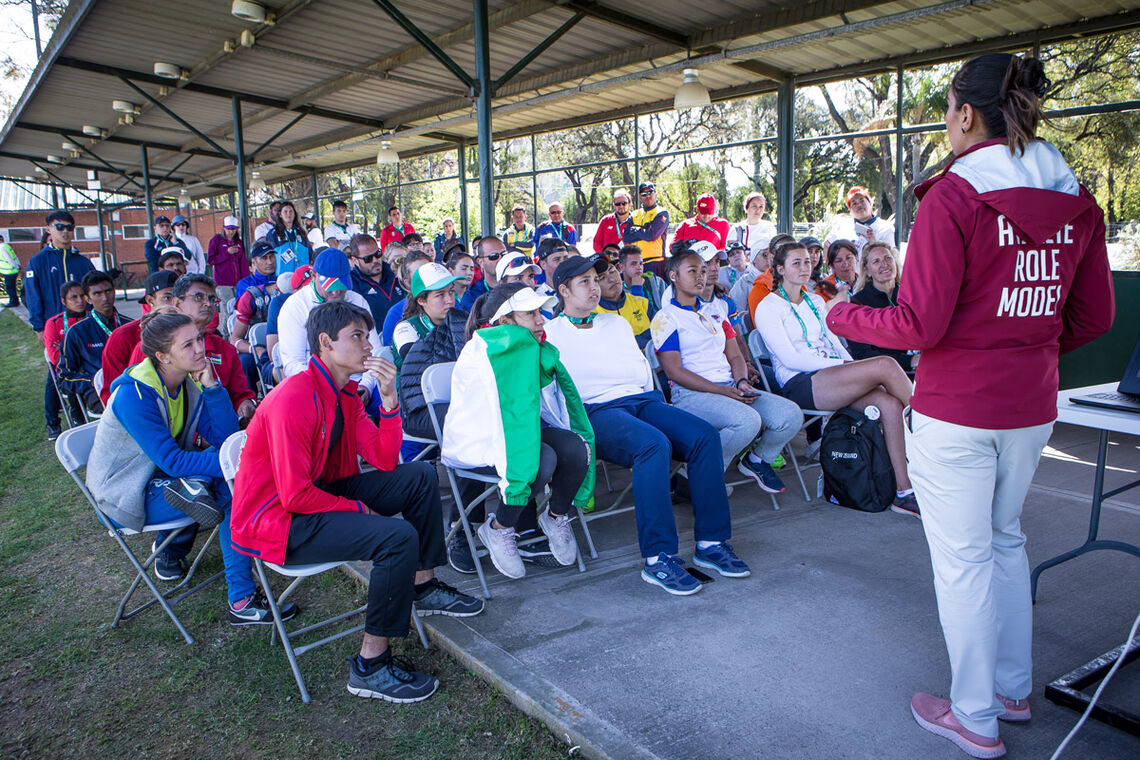Beginners’ guide to archery at the Buenos Aires 2018 Youth Olympic Games

The Youth Olympic Games is an international multisport event that takes place every four years in between the main Olympic Games. The third edition in Buenos Aires, Argentina in 2018 comes after Singapore in 2010 and Nanjing in 2014.
Athletes in the archery competition were all born between 1 January 2001 and 31 December 2003. Many qualified at the 2017 World Archery Youth Championships, which were also held in Argentina, three hours away from Buenos Aires in Rosario, and subsequent continental qualification tournaments held around the globe.
As well as individual competitions, the Youth Olympic Games includes an unusual mixed team event. Not only does it mix genders but it also mixes athletes of different nationalities.
Factsheet: Buenos Aires 2018
- Venue: Parque Sarmiento
- Dates: 12-17 October 2018
- Number of athletes: 64 (32 boys, 32 girls) from 45 nations
- Number of medals: 3 (boys, girls, mixed nation mixed team)

Three facts
1) All six of the podium finishers at the 2014 Youth Olympic Games in Nanjing have gone on to represent their country’s senior teams in international competition.
Girls’ bronze medallist Lee Eun Gyeong won the Hyundai Archery World Cup Final in 2018; her Korean teammate, Lee Woo Seok, was second at the Final and winner in Nanjing.
Marcus D’Almeida, Atul Verma, Li Jiaman and Melanie Gaubil have all appeared on the World Cup circuit in the last two years. They are not the only Youth Olympic alumni to have progressed to become permanent members of national teams.
2) The Youth Olympic Games is a scaled-down version of the main Olympics in many ways, including the schedule. Rather than the 128 archers in the main Games, there are 64 in Buenos Aires - but like the Olympics, every single match will take place in the archery arena. With many of the 64 athletes competing having little international experience, that is no small task.
3) Some of the athletes competing have never represented their country before; Tang Chih-Chun has. He won recurve cadet men’s gold at the 2017 World Archery Youth Championships in Rosario, Argentina.

Schedule
Friday 12 October: Qualification
Saturday 13 October: Mixed team eliminations
Sunday 14 October: Mixed team eliminations and finals
Monday 15 October: Individual eliminations
Tuesday 16 October: Women’s eliminations and finals
Wednesday 17 October: Men’s eliminations and finals
Equipment
The recurve bow is the modern evolution of traditional bows that have been used around the world for 1000s of years. The limbs curve away from the archer at the top, giving the ‘re-curve’ its name.
An archer holds the riser in the grip and draws the bowstring back to their face, placing their hand under their chin. A finger tab protects the drawing fingers. He or she aims at the target using a front sight, while the bow is balanced by stabilisers.
The arrow, which sits on a rest attached to the riser, is propelled at speeds of over 200kph when the archer releases the string.
How it works
The Youth Olympic Games consist of a ranking round that seeds athletes for head-to-head matchplay brackets to determine the winners.
Athletes shoot at 122cm targets set 60 metres away. Targets measure 122cm in diameter and have 10 concentric scoring rings, separated into five colours. The inner gold, scoring 10 points, measures 12.2cm in diameter.
Individual competition
Athletes shoot 72 arrows in a ranking round. The total scores rank the athletes from one to 32, assigning a seeding for the matchplay bracket.
Matches are resolved using the set system. Athletes shoot sets of three arrows. The highest-scoring athlete in a set receives two set points; a draw awards one set point to each athlete. The first athlete to six set points wins the match.
Tiebreaks are resolved in a single-arrow shoot-off. The athlete whose arrow lands closest to the middle wins the match – unless both score a 10, in which case the first tiebreak is re-shot.
Mixed nation mixed Team competition
The individual scores from the ranking round decide which athletes shoot together in this unique mixed team event. The top-ranked girl is paired with the 32nd-ranked boy, the second-ranked girl with the 31st-ranked boy, and so on.
The athletes’ ranking round scores are combined to rank the mixed teams from one to 32, assigning a seeding for the matchplay bracket.
Matches are resolved using the set system. Mixed teams shoot sets of four arrows. The highest-scoring mixed team in a set receives two set points; a draw awards one set point to each athlete. The first mixed team to five set points wins the match.
Tiebreaks are resolved in a shoot-off in which each athlete shoots one arrow. The mixed team that scores the highest points total wins the match. If both teams are tied, the mixed team whose arrow lands closest to the middle wins the match.

Education
As well as hosting a world-class archery competition, the Youth Olympic Games is also run as a cultural and educational event for athletes and the public.
Olympians Sjef van den Berg and Aida Roman are attending the Games as athlete role models. They take part in sports initiations, hold seminars for the participants and are available to answer questions posed during the course of the competition.
“It’s important that young athlete understand what it means to be elite and what is still to come in their careers,” said Sjef.
“It can seem like the step-up to being a competitive senior archer is too large, but it can seem much smaller – and make much more sense – in hindsight.”
Alexandra Longova is also an athlete role model in Buenos Aries as part of the Slovakian Olympic Committee delegation. Previous athlete role models at the Youth Olympic Games include Wietse van Alten and Khatuna Lorig.
The third edition of the Youth Olympic Games takes place on 12-17 October 2018 in Buenos Aires, Argentina.










